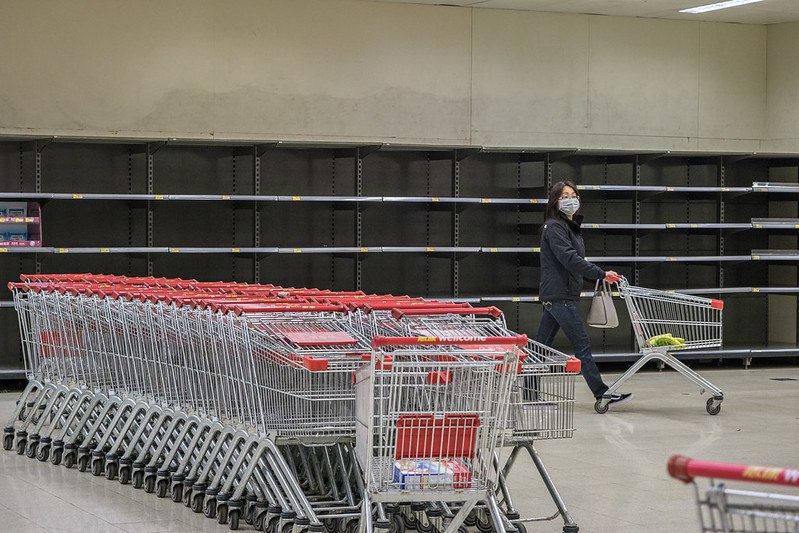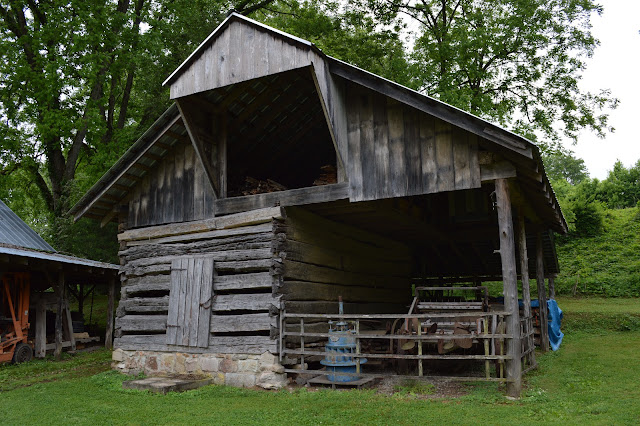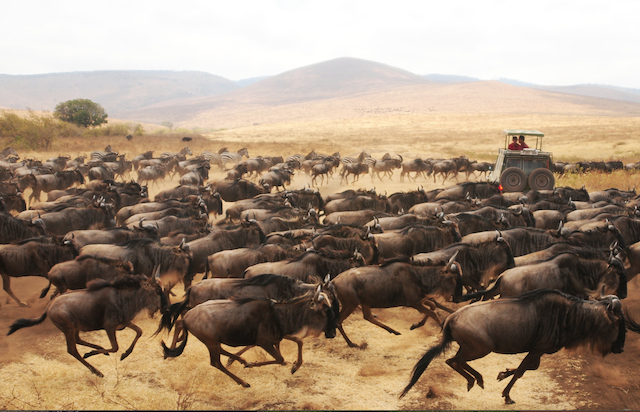CONTINUITY, CONTRACTION OR COLLAPSE
Over an extended period, but with growing intensity in recent times, there has been a discussion, here and elsewhere, about whether we can prevent economic contraction from turning into collapse.
This is part of a broader debate in which every point of view seems to begin with the letter C. The orthodox or consensus line is Continuity, meaning that the economy will continue to expand in the future as it has in the past, and is claimed still to be doing in the present. The main contrarian theme is the inevitability of Collapse. Those of us who believe even in the existence of a third possibility – Contraction – are in a tiny minority.
Of these three points of view, the only one that we can dismiss is continuity. The economic “growth” that we’re told can be extended indefinitely into the future isn’t even happening in the present.
Most – roughly two-thirds – of the reported “growth” of the past twenty years has been cosmetic. The preferred metric of gross domestic product (GDP) measures activity, not prosperity. If we inject liquidity into the system, and count the use of that liquidity as ‘activity’, we can persuade ourselves that the world economy has been growing at rates of between 3% and 3.5%.
The classic illustrative example is of a government paying one large group of workers to dig holes in the ground, and another group to fill them in again. This adds no value, of course, but it does increase activity, and therefore boosts GDP.
…click on the above link to read the rest of the article…













